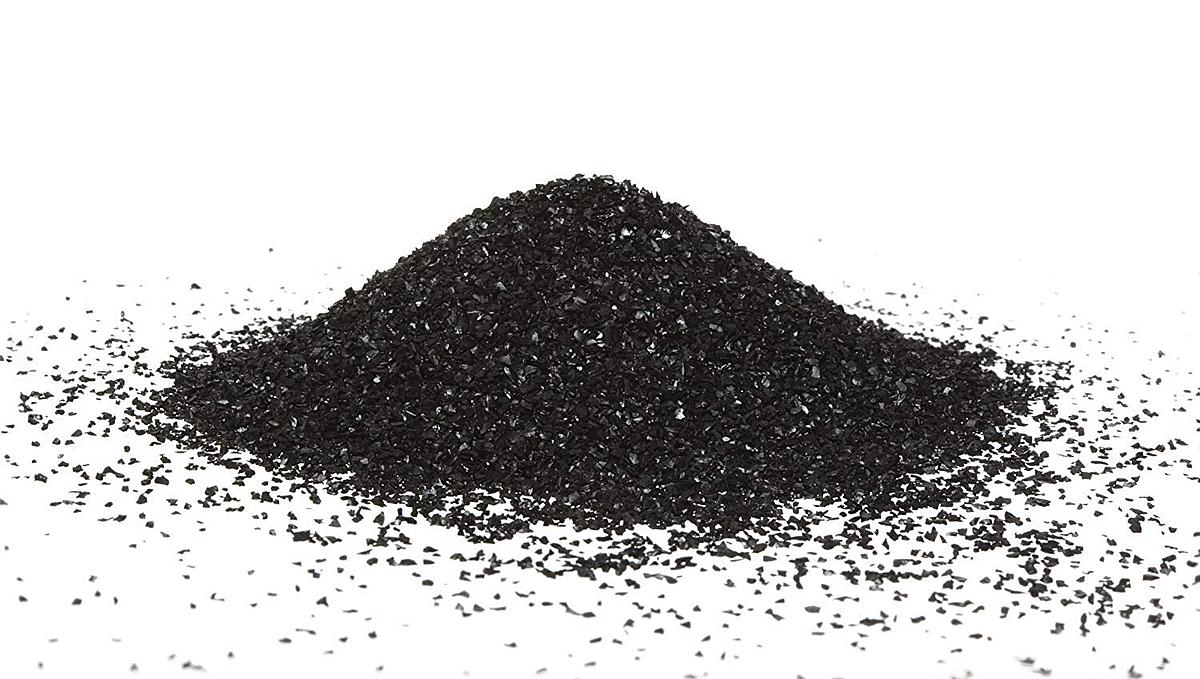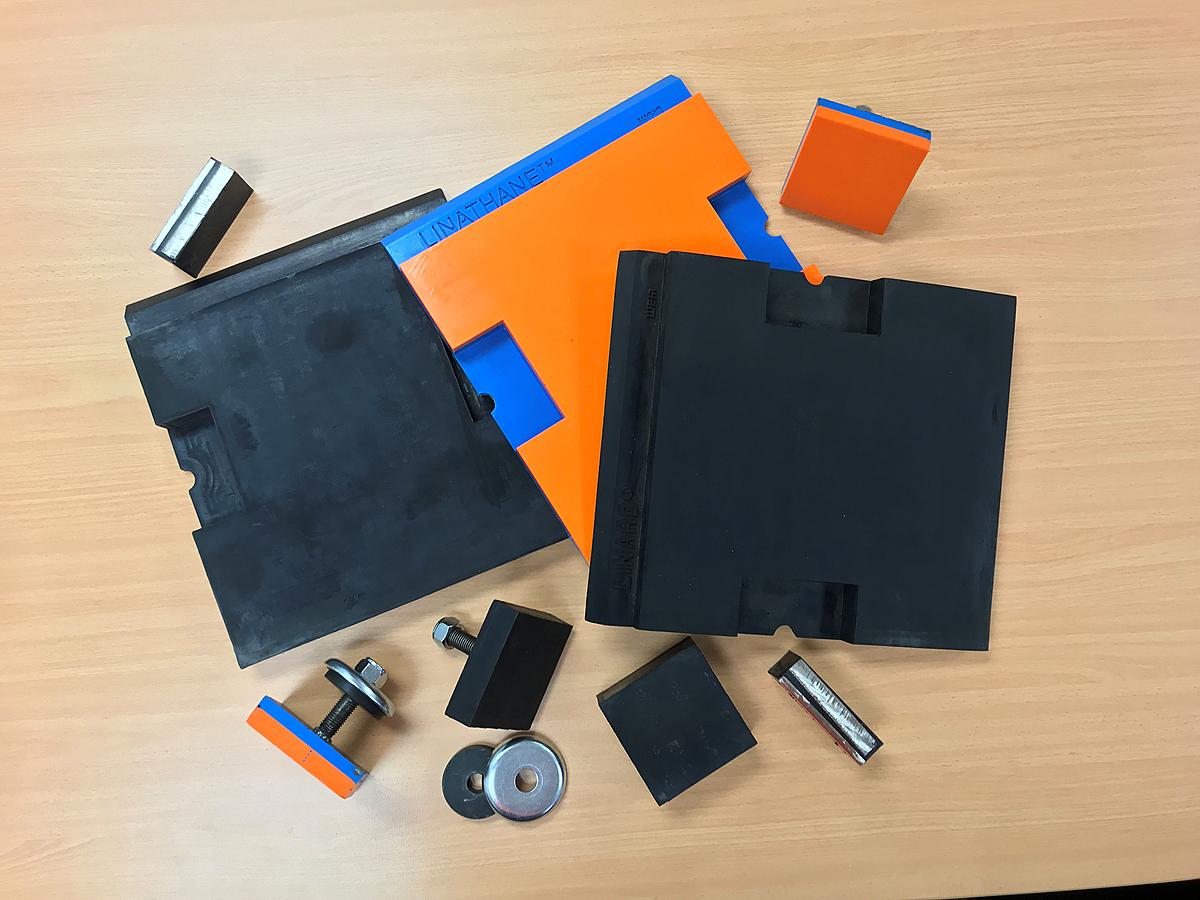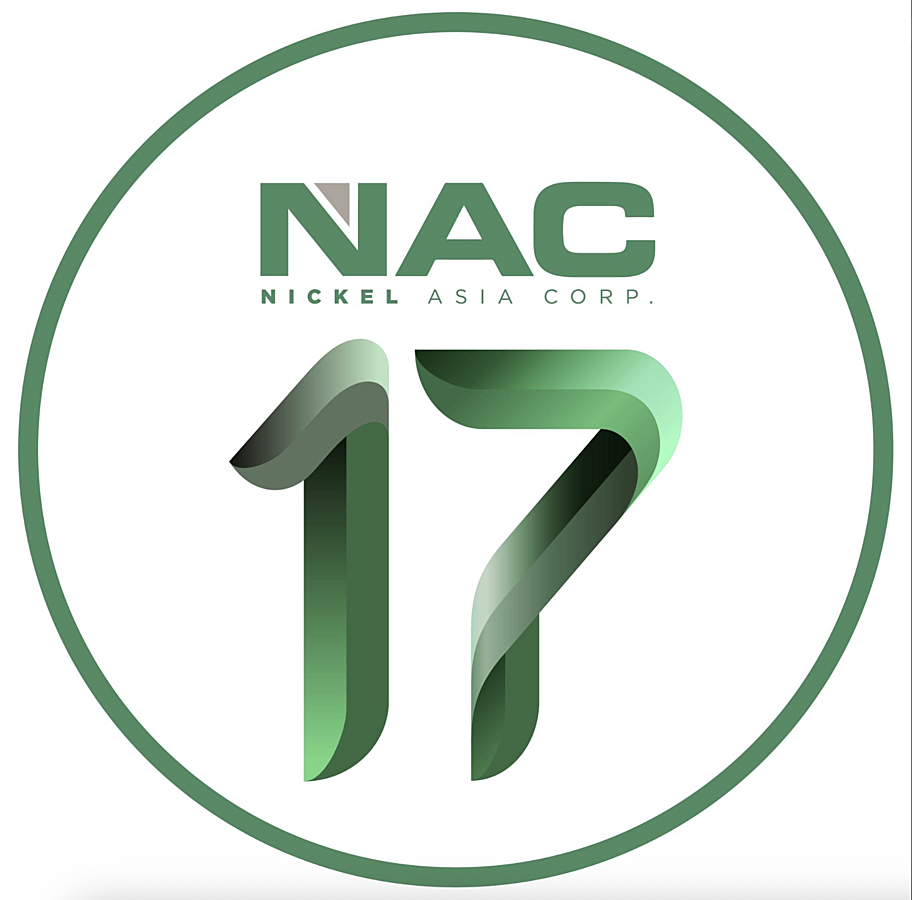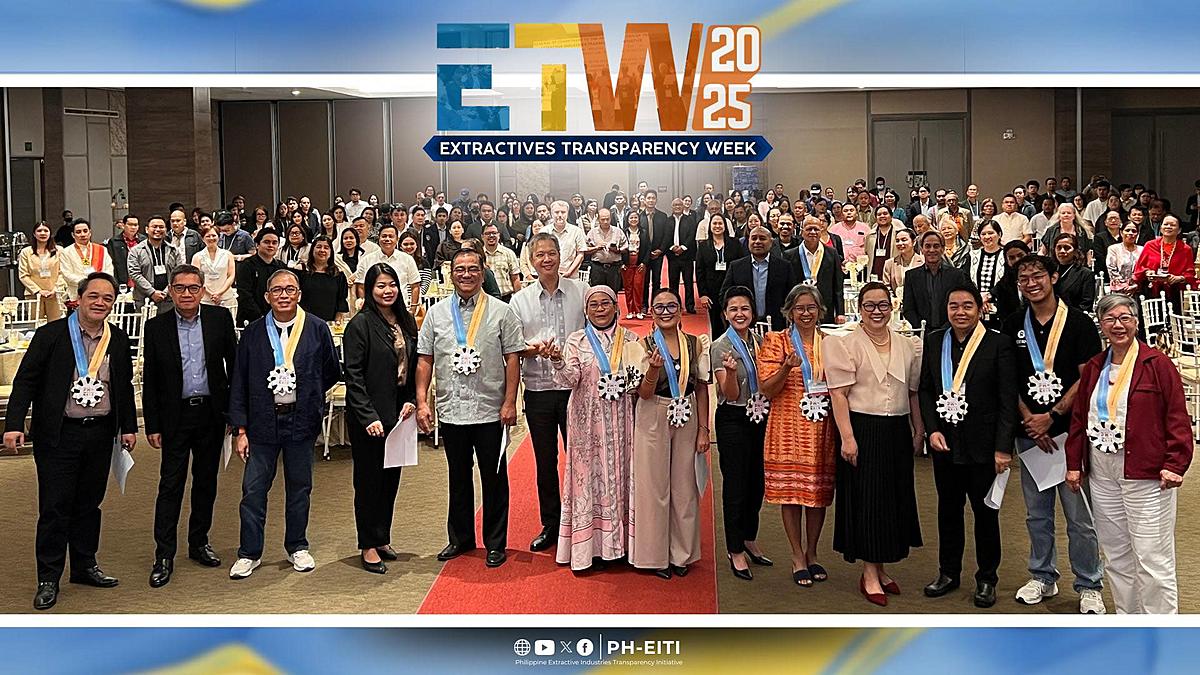It is important for gold mining industries to choose high quality activated carbon in order to improve yield and decrease losses in gold operations. At Philips Carbon, Inc., the company understands that every gram counts.
What is Activated Carbon?
Activated carbon is a processed form of carbon which is extremely porous and with high surface area making it very effective to capture and hold materials. It can be produced from coal, wood, coconut or other carbon-rich organic materials.
The Making of Activated Carbon
Activated carbon is produced through carbonization and activation. The raw material is first carbonized by converting the organic matter into a solid porous carbon through pyrolysis or destructive distillation. The carbonized material or char will then be activated either through chemical or physical activation.
In chemical activation, the char is exposed to acids then subjected to high temperatures. On the other hand, physical activation is done by exposing the raw material to high temperature and steam. Both methods produce different performance for activated carbon. Combination of different raw materials, activation technology and process parameters produce a wide variety of products for a wide variety of application and economic considerations.
Activated carbon Thru Time
It was the Egyptians that first used carbon in the form of charcoal or coal for smelting ores to create bronze in 3750 B.C. In 1500 B.C., they also used it for intestinal ailments, odor adsorption, and for writing. In 400 B.C., the Hindus and Phoenicians used it for water purification. It was in 50 A.D. that Hippocrates and Pliny began using carbon to treat different ailments such as vertigo, epilepsy, and chlorosis.
With technological advancements in the modern times, activated carbon is used to purify liquids and gases in a variety of applications, including municipal drinking water, food and beverage processing, odor removal, and industrial pollution control.
Choosing the Right Activated Carbon for Gold Recovery
There are different types of activated carbon for every type of application. Choosing the right type of activated carbon is oftentimes overlooked because it can be a costly process and the physical appearance is almost the same. However, selecting the ideal activated carbon can give you a competitive advantage.
In the mining industry, the use of activated carbon to separate gold from cyanide leaching solutions has become a standard practice in efficient gold recovery in Carbon-in-Leach (CIL) and Carbon-in-Pulp (CIP) and Carbon-in-Column (CIC).
To ensure maximum gold recovery in your operations, the following considerations should be considered:
1. Adsorptive Capacity (K-value) or Loading Capacity refers to how much the activated carbon can adsorb.
2. Adsorption Rate (R-value) refers to the rate of adsorption
3. Mechanical Strength and Hardness refers to the resistance of the material to be crushed or abraded into smaller particles which results in carbon loss and gold.
4. Particle Size Distribution is the size of the carbon granules. It is closely linked to adsorption rate, pressure drops in system and screening efficiency.
With the above in mind, coconut based activated carbon is most suitable for gold recovery as it exhibits most characteristics above.
Choosing Philips Carbon, Inc. Activated Carbon
In the same way that it is beneficial for mining companies to select the ideal activated carbon, it is also an advantage to select Philips Carbon, Inc. as the source of excellent activated carbon. The company follows a strict raw material selection and production processes. The company’s commitment to quality is exhibited by its ISO, Halal, and NSF Certifications and its repeat customer transactions in mining companies in South America, South Africa, Australia, and Russia for several years, proves the reliability and consistent quality of its products.










